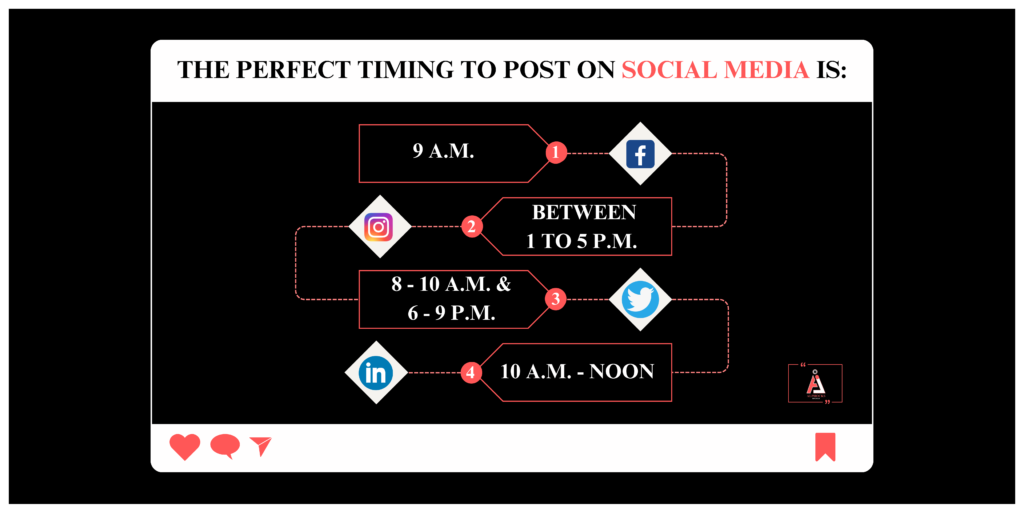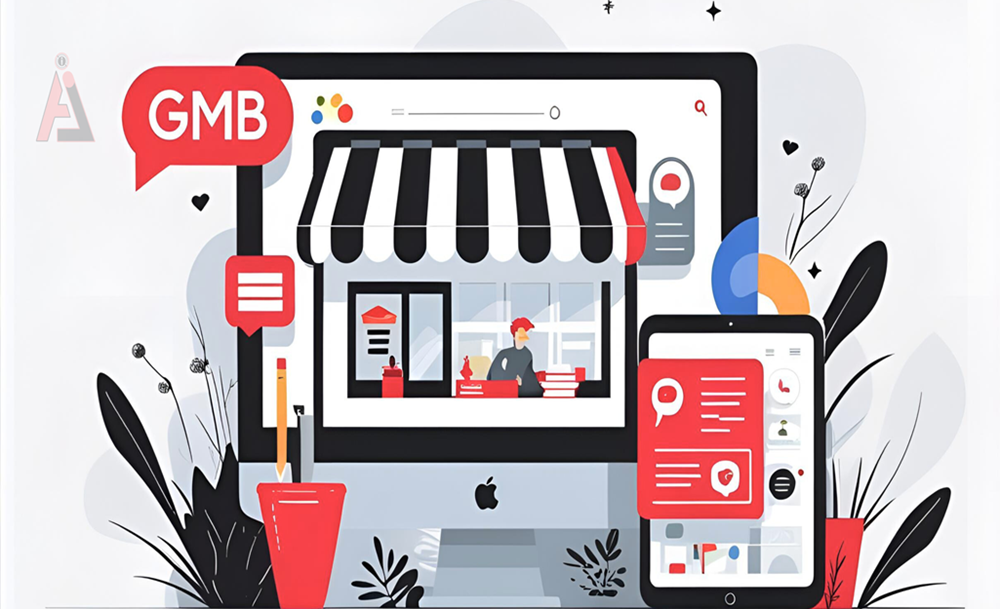Social media has quickly become one of the best ways for business growth & brand awareness. That’s why most businesses set up their own social media pages as soon as possible. Organic social media provides them a quick and free way to post regular content updates, connect with customers, as well as show off all the latest deals.
Social media engagement means how people interact with you and stuff you share on platforms like Twitter, LinkedIn, Facebook, or Instagram. Businesses use it to see how well they’re doing on social media. Here are some examples:
- Comments, Direct Messages, Replies
- Shares, Retweets, & Reposts
- Favorite & Likes what you share
- Clicking on links you share to visit your website
- Save your uploaded posts
- Mentions & so on.
What is Social Media Engagement Strategy?
A social media engagement strategy is like a map that helps you achieve your goals on social platforms. It’s basically a social media marketing plan that explains what you want to achieve and how you’re going to do it. The clearer and more detailed your strategy is, the better it works.
Clear Goal / Strategy × Better Work = More Views / Positive Comment / Sharing & Awareness
Your Goals For Social Engagement Should Be Like:
- Get more people to see your posts
- Make more people aware of your brand
- Create a community online
- Advertising something you’re selling ( Products or Services)
How to Make Social Media Engagement Strategies For Brand or Business?
Creating a good social media engagement strategy isn’t easy, but if you stick with it, make genuine effort and really try hard, you can build a plan that works well and can get good results.
Consider These Steps When Making Your SME Strategy:
1. Choose A Main Goal
While making a strategy, selecting a main goal is the first and most important thing, that will guide you in the whole journey as well as will never let you deviate from your goal.
Check everything, decide what’s important, and connect your focus to clear goals. Use the S.M.A.R.T (Specific, Measurable, Attainable, Relevant, Timely) framework to make sure your goals are practical and reachable.
2. Select Right Social Media Platform

Not all social media platforms suit every business. Pick the ones that match your audience and business goals. Be where your target audience hangs out the most and use features they like, such as Instagram Stories or Facebook Live videos etc.
You need to pick platforms that match your business goals. Like, LinkedIn is better than Twitter and great for B2B leads, while Instagram gets more engagement, around 2-7% per post, and Twitter gets less, i.e., less than 0.2% per post.
Remember that your presence will be different on each social media platform. The ones with the highest organic reach, in order, are Instagram, LinkedIn, Twitter, Pinterest, & Facebook. Facebook leads over 2.6 billion monthly active users.
3. Think How to Track Social Media Interaction
After picking the platforms you want to use, figure out how you’ll know if they’re working for you. Think about what you want to achieve, like getting more people to know about your brand or business, building a bigger group of followers, or selling more stuff on your site. These measurements are known as social media key performance indicators (KPIs).
Track Measurements Such As:
- Comments
- Overall views
- Click-through rates
- Likes/Reactions count
- Post reach percentage
- How often people share your posts
- How often your posts spread beyond your followers
- How often people interact compared to how many see your posts
- Audience growth rate (rather than total followers, seen as superficial)
4. Share Stuff & Connect with People
Share different messages & content on different social media sites. For example, use short messages on Twitter, longer posts with pictures or videos on Facebook, and focus on eye-catching visuals with fun captions or emojis on Instagram.
Using pictures is good for any platform you choose. On Facebook, posts with images get 3.4 times more likes and comments. Most marketers use visuals like blogs, videos, images, and live video (Almost 5 billion videos are watched every single day). to connect with their audience and beat the competition. So, think about using visuals to engage your followers and make your content pop!
5. Encourage People to Share Your Stuff
When someone shares what you post, it’s like they’re telling their friends, family, or followers, “Hey, check this out!” And that can help bring in new customers. So, encourage sharing to reach more people.
People who like sharing stuff online usually prefer funny, meaningful, or emotionally touching posts. Wendy’s marketing team gets lots of likes and comments by making funny responses on Twitter. They make people laugh, and those people then share the jokes with their friends.
Don’t forget to include buttons for sharing on social media in your blogs, online store, and some emails so your audience can easily spread the word too.
6. Make Connections & Learn From Influencers
Find influencers who have the same audience as you, offer something that complements your product, and aren’t direct competitors. Partnering with influencers can be flexible – you can swap content, create joint giveaways, or set up incorporated deals.
How deep you want to go into these partnerships is up to you. Also, keep an eye on influencers who match your brand to see what they’re talking about and how their followers engage. Use their successful posts to inspire new ideas for your own brand.
7. Mention Connector
Social media is all about connecting with others, so don’t hold back on liking, commenting, and sharing. Encourage engagement on your profiles by setting a friendly tone and inviting others to join in.
Mention people, whether they’re customers, followers, partners, or influencers, can make them feel special and valued. It’s a small gesture that goes a long way in building relationships and earning goodwill from others in your network.
8. Keep in Touch With Your Customers
It’s important to stay connected with your customers to help your brand grow and sell more. When you talk to your customers on social media, it lets their friends know about your brand.
People visiting your page can also see how you handle questions, which shows how professional your company is. If you handle questions well, it builds trust with visitors & can make them your permanent customers.
9. Take Advantage of Trends & Breaking News
If your marketing team acts fast, your brand can use trends and breaking news to get noticed, entertain your audience, and inspire followers to share your posts. Keeping up with what’s hot can lead to greater exposure and engagement for your brand.
10. Getting people to Join in
Get more people involved by asking for their thoughts, feedback, and stuff they create. Have fun activities like Q&A sessions, polls, contests, and challenges to talk with your audience.
When people comment or message you, reply quickly to show you care about what they say. When users join in, they not only like your brand more but also tell their friends, spreading the positive reviews about you.
11. Utilise Paid Advertising
By Using paid advertising alongside regular posting on social media can help you reach more people. Websites like Facebook, Instagram, and LinkedIn let you target exactly who sees your ads based on things like age, interests, and habits. It’s worth spending money on ads that promote your best posts, bring people to your website, or encourage them to buy something.
Keep an eye on how well your ads are doing and change them, if they’re not working well as you’d like. Look at things like how many people click on them, how much they interact with them, and if they’re making you money compared to what you’re spending.
12. Stay Updated
Stay updated with how well your social media strategies are doing. Check what’s going well and what needs work. You can do this by using tools on social media sites or other websites that analyse data. Look at things like how much people have watched your posts, how many people see them, & new followers you’re getting.
Use this information to make your content better, ensure your messages connect with your followers & figure out the best time to post.
The Perfect Timing to Post on Social Media is:

Facebook: 9 a.m.
Instagram: Between 1 to 5 p.m.
Twitter: 8 – 10 a.m. & 6 – 9 p.m.
LinkedIn: 10 a.m. – noon.
Some Additional Benefits of Social Engagement:
- Improve Customer Service: Being active on social media makes businesses and customers easily chat about feedback, questions, or worries. Around 71% of people choose companies with great customer service, so it’s a chance you don’t want to miss.
- Increase Sales: More likes and positive comments can make more people want to buy your product, even though it doesn’t directly lead to more sales.
- Website Traffic & Brand Awareness: Increase brand awareness and website traffic is crucial for making more people know about your brand and getting more visitors to your website. This happens by reaching a wider audience of potential customers and being able to communicate with them easily and efficiently.
Lastly, Social media is super crowded, & everyone wants attention. To get noticed, you need to be different. If you’re always rushing to post then no one seems to care, it’s likely because your audience isn’t seeing or caring about your stuff.
A good social media engagement strategy helps you pick the right moves for your goals and track your progress. Every post should fit into that strategy, making it easier to stick to your goals, make cool stuff, and connect with people online.
Still in doubt or struggling to make an effective engagement strategy, don’t worry! Alphocks is here to make a top-notch social media engagement plan. We help you create ads to keep current customers interested & bring in new ones, increasing your sales. Plus, We have a team of professionals to track how well the ads campaign is doing across different platforms, so you can see the best outcomes.
Still Have Doubt? No Worry! Schedule a Meet With Alphocks Today!



